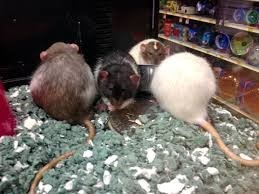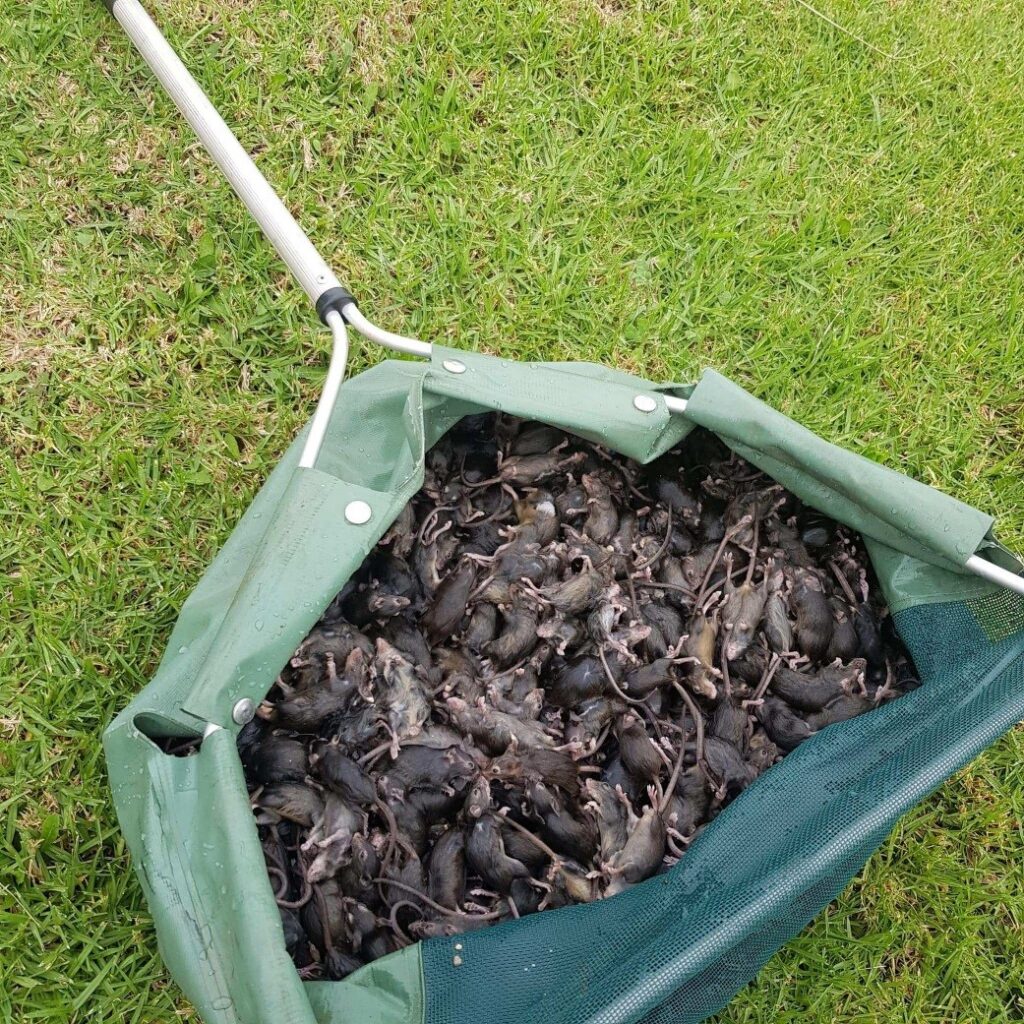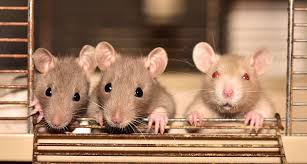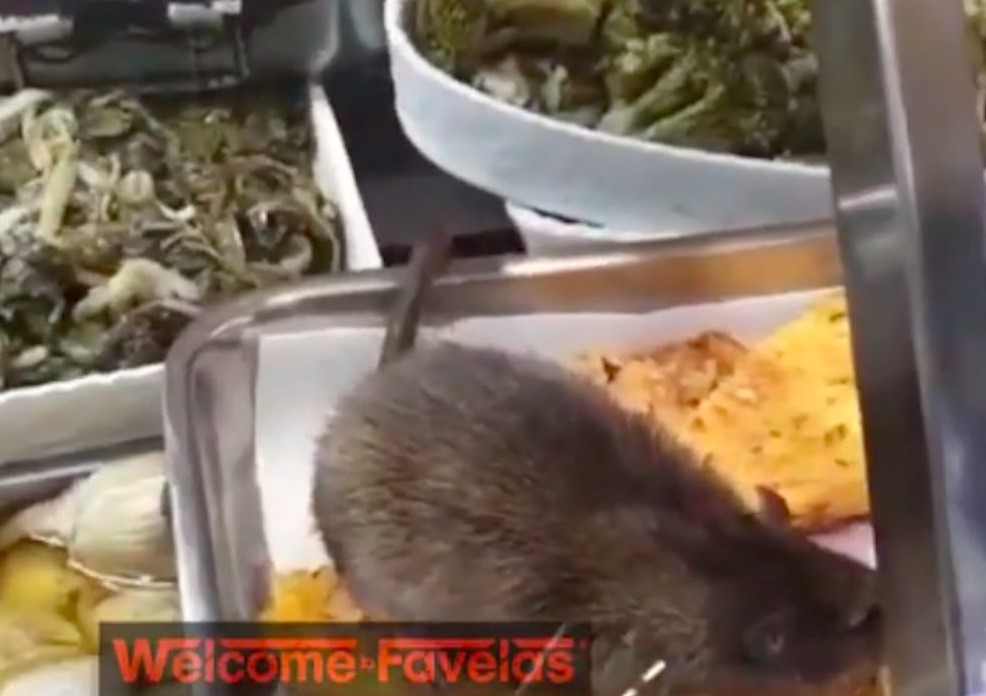Rats are scared of nothing. Recently their numbers have increased so much that they seem to have completely gotten over their fear of us humans! They are not scared to be around humans anymore and although they are nocturnal animals, they do not tend to hide away from humans during the day either. The freely available food, water, and shelter that they find around humans have made them somewhat comfortable around humans.

Their comfort has led them to breed and raise colonies among our cities and suburbs alike. A fascinating part about rats and rodents, in general, is that their incisors (the set of front teeth) never stop growing throughout their lifetime. To keep them filed and in check, they constantly keep nibbling everything they find around them. The rats find plastics and all other types of aromatic polymers, wires, wood, etc. very attractive to keep gnawing on. This however is extremely concerning to us humans considering the amount of damage it can cause us financially and mentally. Because of their affinity towards plastics and polymers, almost 70% of our belongings are endangered when rats and mice are in their proximity. They like to chew on our fences, wires and cables, trash cans and the trash inside them, insulation, cars, and their engines, and other household items that come to their fancy.

In case of an infestation, their sheer numbers are enough to scare everyone out of their wits. They are found in sewers as well as inside houses, in the backyards as well as in the attics. They can get in through open doors and also through the pipes in bathrooms. Upon finding a comfortable spot, they breed and increase in numbers.
They wreak havoc in the area and their presence becomes very conspicuous. Along with the trail of gnawing, they also leave behind their droppings and the tremendous amounts of parasites that they contain.
The recent mouse plague in Australia, surge in the numbers of mice has left people helpless. After surviving years of crippling drought, farmers in eastern Australia are locked in a months-long battle with hordes of mice that are pouring through fields and devouring hard-earned crops. One such horrifying incidence is reported below:
RODENT HELL
Farmer’s wife wakes up to mouse chewing on her EYEBALL as Aussie rodent plague destroys everything in its wake
Alice Fuller |13 Jun 2021
A FARMER’S wife woke up to a mouse chewing on her EYEBALL as Australia’s rodent plague destroys everything in its wake.
The woman was rushed to hospital after waking up horrified last week – as tens of millions of rampaging mice torment communities across the country.



Mice have been reported crawling over people’s pillows and faces as they sleep Credit: Facebook / Matt Hansen Real Estate Dubbo
She is one of many victims of the outbreak, being described as the worst in more than 30 years, The Times reports.
Another farmer was fast asleep when he felt something small scuttling across his face.
Mick Harris, who lives in Narromine, about 250 miles inland from Sydney, said: “I felt a tickly, furry sensation as it crawled from behind my ear across my cheek.
“It made my skin crawl. My hair stood up and I jumped out of bed.
“For the rest of the night I didn’t sleep a wink — until I caught the mouse in a trap under the bed.”
And his wife experienced a similar horror weeks earlier when she felt something nibbling her wedding ring finger while she slept.
Mick, 35, added: “She was horrified. We’ve got two young kids.
“It does make you worry that when they wake up crying it’s because they have a mouse in their bed.”
The most widely used solution of rat poison has proved to be more lethal to other creatures, and a proof for the same is as below:
Australia Mouse Plague: Rodent Poison Used To Eradicate Plague Affects Native Species
The NSW Environment Protection Authority(EPA) after conducting an investigation has confirmed numerous bird deaths in western NSW were caused due to mouse bait.
Written By Apoorva Kaul | 5th June, 2021

Vast tracts of land in Australia’s New South Wales state are being threatened by a mouse plague. Farmers in parts of New South Wales, Queensland and Victoria states are dealing with a mouse infestation that has damaged crops and affected farming equipment. As per reports, the poison used to eradicate mouse plague has affected the native species, including birds and fish.
Mouse plague poison kills birds
The New South Wales Environment Protection Authority (EPA), after conducting an investigation, has confirmed numerous bird deaths in western New South Wales which were caused by the consumption of mouse bait. They confirmed that some birds around Forbes, Parkes, Dubbo, Narromine, Condobolin and the Riverina had died after consuming the bait. The New South Wales Environmental Protection Agency has asked the public to “think carefully” about the amount and location of mouse bait being used when baiting mice. Kelly Lacey, a volunteer for the NSW Wildlife Information, Rescue and Education Service (WIRES) came across about 100 dead galahs at the town’s cemetery.
Farmer Stu Crawford from Naromine told Australia’s ABC Network that the fish are eating mice and there is a potential for the poison to enter the food chain through that. Crawford said that he has written to the regulator to consider the impact of bromadiolone on native fish. Narromine fisherman and agronomist Mick Harris had recently gutted one Murray cod that had five mice in its intestines.
The reports of bird deaths come ahead of a wider rollout of bromadiolone, a poison described as “napalm” for mice, which is presently restricted to use inside and around dwellings. Millions of rodents have infected the agricultural plains across the state and one family has even blamed mice chewing electrical wires for their house burning down, according to AP. The state government has described the plague as “absolutely unprecedented” as mice have entered homes, inside containers and even found their way into water tanks.
It seems almost impossible to tackle the problems. Traditional methods of control like laying mechanical traps and glue boards have proved to be ineffective. Even if hundreds are captured, more keep coming with no end to their numbers. This raises the question of how they can be brought under control.
C Tech Corporation has been able to come up with a solution that is not only effective but also 100% eco-friendly, green and sustainable. All products manufactured by C Tech Corporation are environment-friendly and a blend of green chemistry and smart technology.
The product Rodrepel™ is an extremely low toxic, low hazard rodent aversive. This product acts through series of a highly developed intricate mechanisms ensuring that rodents are kept away from the target application. The eco-friendly products do not kill the target species but only repel them.
The product triggers a fear response in rodents thus protecting the application. It causes severe temporary distress to the mucous membrane of the rodents due to which the pest stays away from the application. The product triggers an unpleasant reaction in case if the pest tries to gnaw away the application. After encountering the above-mentioned emotions, the animal instinctively perceives it as something it should stay away from and stores this information for future reference. The fact that certain rodents are repelled is mimicked by other rodents as well. Thus, the other rodents too stay away from the applications. The unpleasant experience is imprinted within the animal’s memory and passed on to its progeny.
Rodrepel™ is available in the form of a solid masterbatch, liquid concentrate, lacquer, wood polish additive, and spray.
The masterbatch can be incorporated into polymeric applications like wires and cables, pipes, agriculture films, polymeric farming equipment, etc. during their manufacturing, thereby making the end applications rodent resistant.
The product available in the form of liquid concentrate can be diluted in paints and can be applied over the interior and exterior of the house, garages, around the garden fences, warehouses, etc. The liquid concentrate is compatible with all kinds of paints and solvents.
The already installed cables, pipes, and other applications can be coated with our lacquer to protect them from the rodents gnawing on this application and thus preventing the damage. The lacquer is a transparent product and it does not wear off easily.
The wood polish additive can be blended with wood polish and applied to wooden articles and furniture.
The newly developed Rodrepel™ spray is easy to use and can be sprayed on the infested area to repel the rodents and prevent them from entering the premises.
By using these products, you can get an effective and long-lasting solution against rodent nuisance. By conditioning the rodents to stay away from applications treated with these products, the problem of recurring infestation is solved. This makes the solution extremely effective and pocket-friendly in the long run.
Rodrepel™ does not volatilize and does not degrade the soil. It is RoHS, RoHS2, RoHS3, EU – BPR, REACH, APVMA, NEA compliant and FIFRA exempted.
Contact us at technical.marketing@ctechcorporation.com if you’re facing problems with rodents and get the best remedies to combat the rodent menace.
Also, visit our websites:
1] http://www.ctechcorporation.com/
2] http://www.rodrepel.com/
3] http://www.termirepel.com/
4] http://www.combirepel.com/
Follow our Facebook pages at:
1] https://www.facebook.com/Combirepel-411710912249274/
2] https://www.facebook.com/Termirepel-104225413091251/
3] https://www.facebook.com/Rodrepel-120734974768048/
Follow us on our Twitter pages at:
1] https://twitter.com/rodrepel
2] https://twitter.com/termirepel
3] https://twitter.com/combirepel



